Low Back Pain: Physiotherapy Management
Low back Pain can be Due to conditions affecting Low Back Body Part Like the bony lumbar spine, inter-vertebral discs (discs between the vertebrae), ligaments around the spine and discs, spinal cord and nerves, muscles of the low back, internal organs of the pelvis and abdomen, and the skin covering the lumbar area.
Treatment of low back pain is Mainly Depends On diagnosis And Related cause. So Diagnosis, Cause And Symptoms are Key Factor Doctor’s Keep in Minds And Treatment Are Accordingly.
To Understand Low Back Pain Properly, Understanding the Anatomy, Physiology, And Kinesiology Of the Low Back is Too Important. Here We Discuss Basic Details.
Anatomy Of Low Back
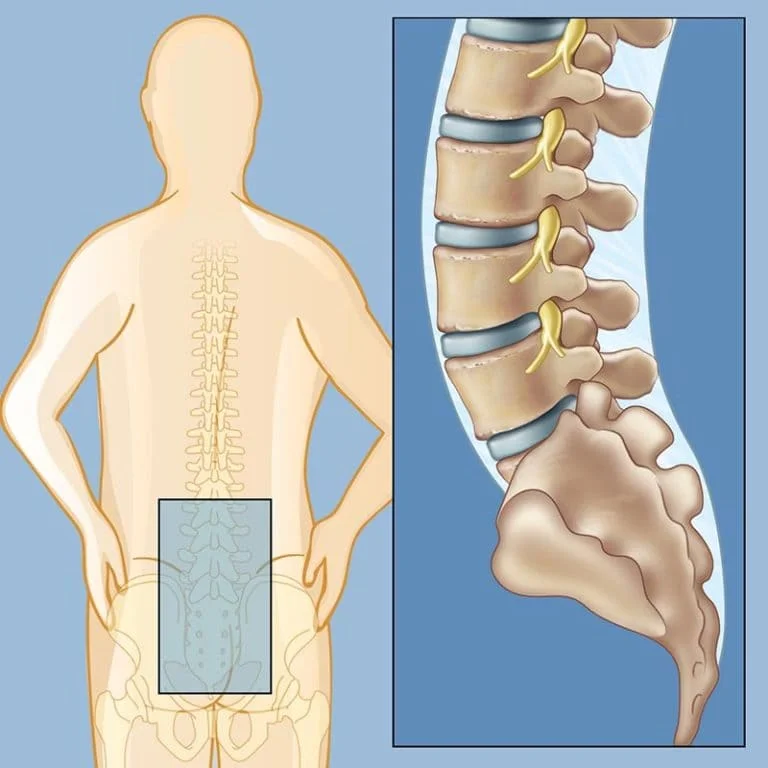
There Are Various causes of Low Back Pain, Understanding Of Anatomy ( Structure Of Body) Particulary Low Back Area is Require To Diagnose/Cause Of Low Back Pain.The Main Body Parts in Low Back is Lumbar Spine, Sacral Spine, Related Disc (Discs between the vertebrae) ligaments around the spine and discs, spinal cord and nerves, Paraspinal muscles of the low back, internal organs of the pelvis and abdomen, and the skin around the lumbar area.
The Lower back is composed of a complex structure of muscles, ligaments, tendons, disks, and bones, which work together to support the body and enable us to move around.
The Lower lumbar and sacral Vertebrae are Joined Together Making the Lower Back Area can provide a movable support structure while also Providing protection for the spinal cord from injury. The spinal cord is composed of nervous tissue that extends down the spinal column from the brain.
Each vertebra has a spinous process, a bony prominence behind the spinal cord, which shields the cord’s nervous tissue from impact trauma. Vertebrae also have a strong bony “body” (vertebral body) in front of the spinal cord to provide a platform suitable for weight bearing of all tissues above the buttocks. The lumbar vertebrae stack immediately atop the sacrum bone that is situated in between the buttocks. On each side, the sacrum meets the iliac bone of the pelvis to form the sacroiliac joints of the buttocks.

Movement/Function Of Low Back:
To Understand Low Back Pain, understanding the Functioning Of the lower back And Bio-Mechanics Of the lower back is Also Important.
There Is Too Much Importance Of Low Back ( Lumbar Area ) in the human body. This Importance is like structural support, movement, and protection of certain body tissues.
When we stand, the lower back is functioning to support the weight of the upper body. When we bend, extend, or rotate at the Lower Back, Weight is Lifted By Mostly Lower Back Muscles Mainly Back Extensor Muscle And Back Core Muscle While Back Flexion Are Used Mainly as a Stabilizer Of the Lower Back.
Low Back Also Protecting the soft tissues of the nervous system and spinal cord as well as nearby organs of the pelvis and abdomen is a critical function the lumbar spine and Related muscles of the lower back.
Movement Around Low Back
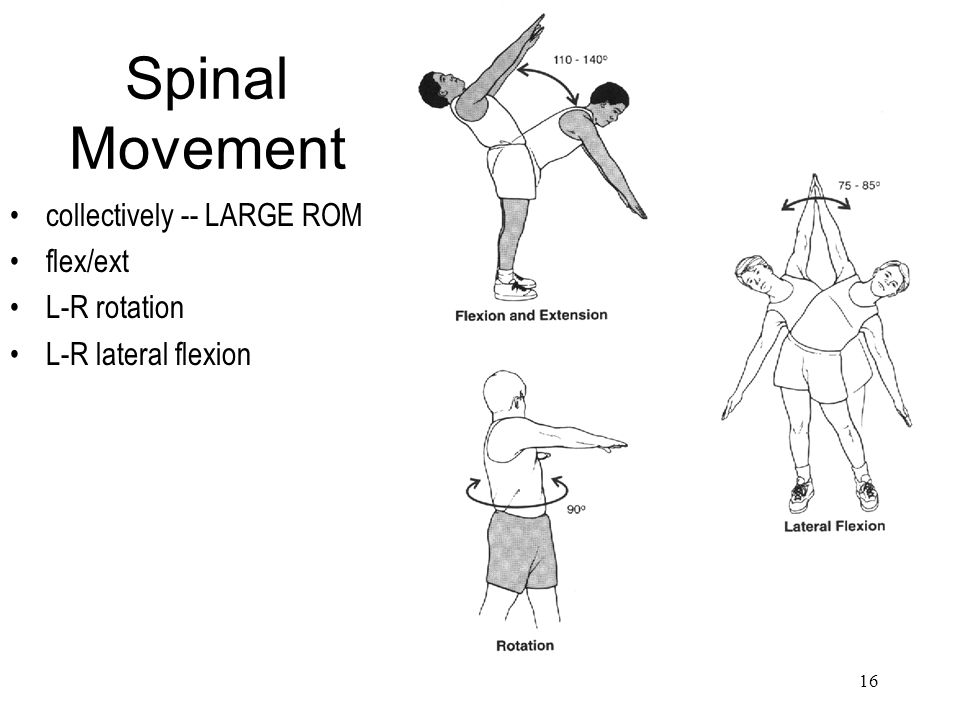
- Forward Flexion: Normally 80-90°
- Extension: 20-30°
- Lateral bending: 20-30°
- Rotation: 30-40° in each direction
More is Movement, More Chances Of Injury, And Lower Back Also Lift Upper Body Weight High May Also Increase the Chances Of Injury eg. Disc Prolapse
Cause Of Low Back Pain
Anything Wrong that happens around the lower back Area May Lead To Back Pain And Other Back Pain Related Diseases. Here Update Few Common And Uncommon Causes. :
More Common Cause Low back pain
Back pain commonly from strain To tension, or injury.
Frequent causes of back pain are :
- strained muscles or ligaments
- a muscle spasm
- muscle tension
- damaged disks
- injuries, fractures, or fall On lower back
Activities that can lead to strains or spasms include:
- lifting something improperly. ( Incorrect Lifting Technique )
- lifting something that is too heavy.
- making an abrupt and awkward movement.
Structural Around Low Back Can Cause Problems/Pain
- Bulging disks/Ruptured disks: Each vertebra in the spine is cushioned by disks. If the disk ruptures there will be more pressure on a nerve, resulting in Low back Radiating pain.
- Sciatica pain: A sharp and shooting pain travels through the buttock and down the back of the leg, caused by a bulging or herniated disk pressing on a nerve.
- Arthritis: Osteoarthritis can cause problems with the joints in the hips, lower back, and other places. In some cases, the space around the spinal cord narrows. This is known as spinal Canal stenosis.
- Abnormal curvature of the spine: If the spine curves in an unusual way, back pain can result. An example is scoliosis, Lordosis, in which the spine curves to the side.
- Osteoporosis: Bones, including the vertebrae of the spine, become brittle and porous, making compression fractures more likely.
- Kidney problems: Kidney stones or kidney infections can cause back pain.
Movement and posture Can Cause Pain in lower back:
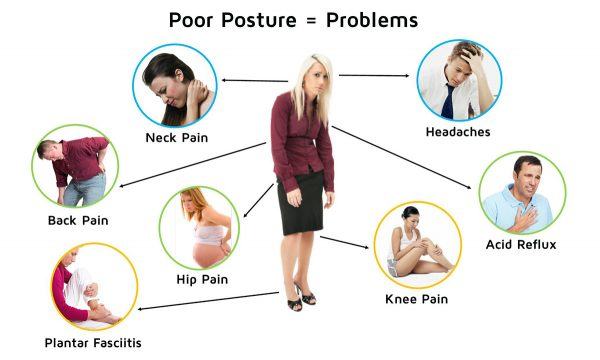
- Poor Posture And Bad Movement May Lead To Back Are :
- twisting
- Too Much coughing or sneezing
- muscle tension
- over-stretching
- bending awkwardly or for long periods
- pushing, pulling, lifting, or carrying something
- standing or sitting for long periods
- straining the neck forward, such as when driving or using a computer
- long driving sessions without a break, even when not hunched
- sleeping on a mattress that does not support the body and keep the spine straight.
Disease Around Low Back
Some Medical diseases also Cause Back Pain:
- Cauda equina syndrome: The cauda equine is a bundle of spinal nerve roots that arise from the lower end of the spinal cord. Symptoms include a dull pain in the lower back and upper buttocks, as well as numbness in the buttocks, genitalia, and thighs. There are sometimes bowel and bladder function disturbances.
- Tumour of the spine: A tumor on the spine may press against a nerve, resulting in back pain.
- Infection of the spine: A fever and a tender, warm area on the back could be due to an infection of the spine.
- Spina bifida: is a form of birth defect known as a neural tube defect. Spina bifida results from an incomplete formation of the brain, spinal cord, and/or meninges in an infant.
- Paget’s disease: of bone is a condition of unknown cause in which the bone formation is out of synchrony with normal bone remodeling. This condition results in abnormally weakened bone and deformity and can cause localized bone pain.
- Ankylosing Spondylitis or AS: is a form of arthritis that primarily affects the spine, although other joints can become involved. It causes inflammation of the spinal joints (vertebrae) that can lead to severe, chronic pain and discomfort. In more advanced cases this inflammation can lead to ankylosis — new bone formation in the spine – causing sections of the spine to fuse in a fixed, immobile position.
- Rheumatoid Disease: Like RA and Other Diseases Cause Pain Around Low Back Pain With Other Joint Pain.
- Other infections: Pelvic inflammatory disease, and bladder, or kidney infections may also lead to back pain.
- Sleep disorders: Individuals with sleep disorders are more likely to experience back pain, compared with others.
- Shingles: An infection that can affect the nerves may lead to back pain. This depends on which nerves are affected.
Risk factors For Low Back Pain
The following factors are Increase to a higher risk of developing low back pain:
- occupational activities eg. Overtime
- pregnancy
- a sedentary lifestyle
- poor physical fitness
- older age
- obesity and excess weight
- smoking/Alcohol
- strenuous physical exercise or work, especially if done incorrectly
- genetic factors
- medical conditions, such as Rheumatoid Disease and Tumour
- Lower back pain also tends to be more common in women than in men, possibly due to hormonal factors. Stress, anxiety, and mood disorders have also been linked to back pain.
Signs and Symptoms of low back pain:
The main symptom of back pain is pain anywhere in the back, and sometimes all the way down to the buttocks and legs.
Some back issues can cause pain in other parts of the body, depending on the nerves affected.
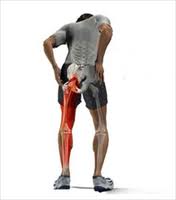
Following Associated Symptoms Of Back Pain :
Few Or More Symptoms May Be Associated According To Diagnosis Of Low Back Pain.
- Paraspinal Muscle Spasm
- Tenderness Over Lower Lumbar Spine
- weight loss
- fever
- inflammation or swelling on the back
- Radiating Pain in Bilateral Or Unilateral Lower Limb.
- persistent back pain, where lying down or resting does not help
- a recent injury, blow, or trauma to the back
- Bladder-bowel urinary incontinence or difficulty urinating
- Tingling numbness around the genitals
- weakness in the lower Limb.
Diagnosis
A Doctor or Physiotherapist will usually be able to diagnose back pain after asking about the History, Cause, symptoms, and physical examination Of the Patient.
An imaging scan and other tests may be required if:
- back pain appears to result from an injury
- there may be an underlying cause that needs treatment
- the pain persists over a long period
- An X-ray, MRI, or CT scan can give information about the state of the soft tissues in the back.
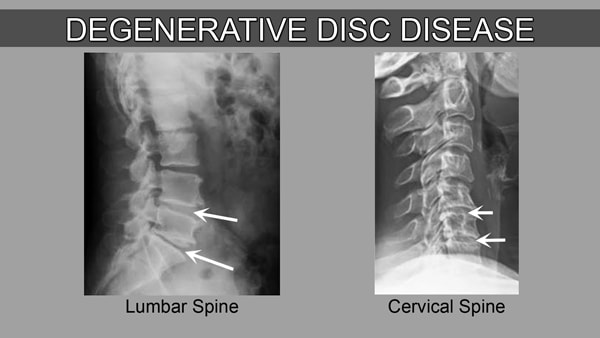
X-rays can show the alignment of the bones and detect signs of arthritis or broken bones, but they may not reveal damage in the muscles, spinal cord, nerves, or disks.
MRI or CT scans can reveal herniated disks or problems with tissue, tendons, nerves, ligaments, blood vessels, muscles, and bones.
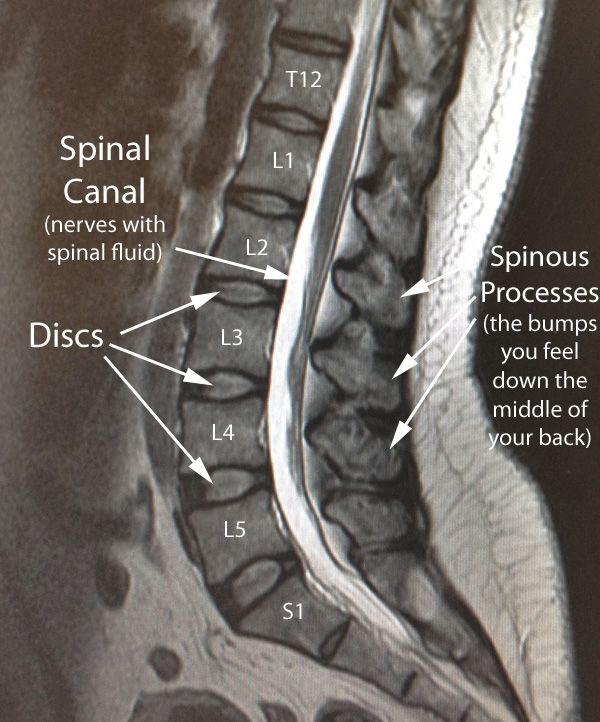
Bone scans can detect bone tumors or compression fractures caused by osteoporosis. A radioactive substance or tracer is injected into a vein. The tracer collects in the bones and helps the doctor detect bone problems with the aid of a special camera.
Electromyography or EMG measures the electrical impulses produced by nerves in response to muscles. This can confirm nerve compression, which may occur with a herniated disk or spinal stenosis.
The doctor may also order a blood test if an infection is suspected.
Blood Report For Rule Out Of Rheumatoid Disease Like Rheumatoid Arthritis, Or Ankylosing Spondylitis Or Other Rheumatoid Disease.
Treatment:
Medical Treatment
Pain relief medication, usually non-steroidal anti-inflammatory drugs (NSAID) can relieve discomfort. Applying a hot Pack or an ice pack to the painful area may also reduce pain.
Resting from strenuous activity can help, but moving around will ease stiffness, reduce pain, and prevent muscles from weakening.
Physiotherapy Treatment in low back pain:

Physiotherapist will Able to Diagnosis the Patient And Treatment is accordingly. treatment Mainly are Use of pain-relieving modalities like SWD, IFT, TENS, US, Infra-Red Therapy, Lumbar Traction Are Tools Physiotherapist Mainly Use.
Physiotherapy treatments are divided into 3 Main Categories :
- Reduce Pain By Using Pain Relieving Modalities Mainly Electrotherapy Physio. Equipment, Massage, And Various Other Mobilization Technique.
- Improve Strength Of Low Back And Flexibility With the Help Of Strengthening Stretching And Mobilization Of Low Back Exercise
- Ergonomic Care And Use Of Orthosis / Braces / Taping Technique to Avoid Further Stress Over Low Back Area.

Back Muscle exercises like Back Flexion Exercise, Back Extension Exercise, Back Core Muscle Strengthening Exercise, Posture Correction Exercise, And Lower Limb Exercise According to Diagnosis.
#Back Flexion Exercise : ( William’s Flexion Exercise)
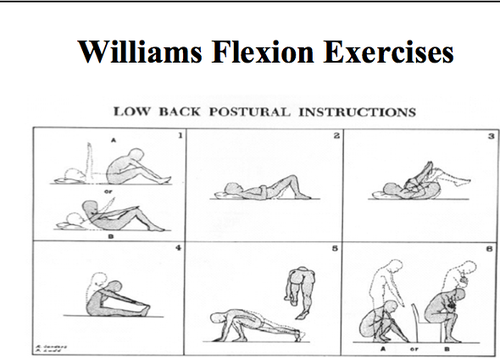

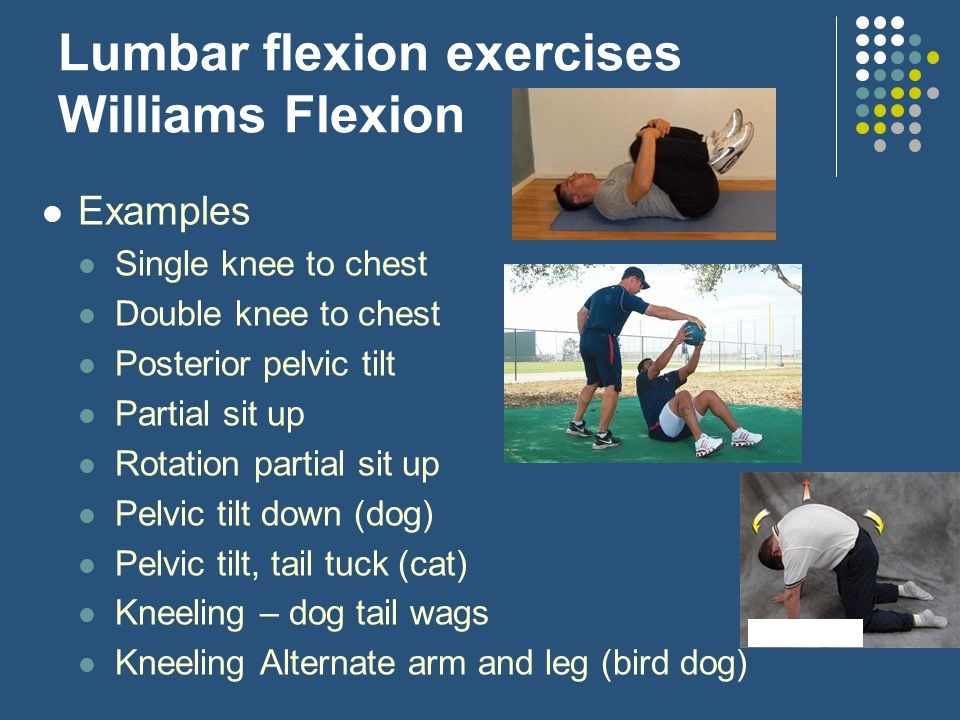
Low Back Flexion Exercise also Called William’s Abdominal Exercise is Help to improve Strength Of Flexor Group Of Muscle of lumbar spine And Mobility of lumbar Flexion.It is a Best exercise to perform since it places a minimal strain on your back and can be done while lying down. Low Back flexion has been shown to be an effective exercise for spinal Canal stenosis, Lumbar spondylolisthesis, and lumbar facet joint problems, Lordosis.
Back Extension Exercise: ( McKenzie Exercise )

Low Back Extenser’s Muscle Group Strengthening Exercise and Mobilization of Low Back Specially Extension Range Exercise Also Called McKenzie exercises is Help to strengthen low Back And Improve Range of Extension of Low Back.In the 1960’s a New Zealand Physiotherapist name is Robin McKenzie noted that extending the spine could provide significant pain relief to certain Medical Condition of patients. He developed a series of maneuvers and exercises to help patients take a more active role in their continued health.
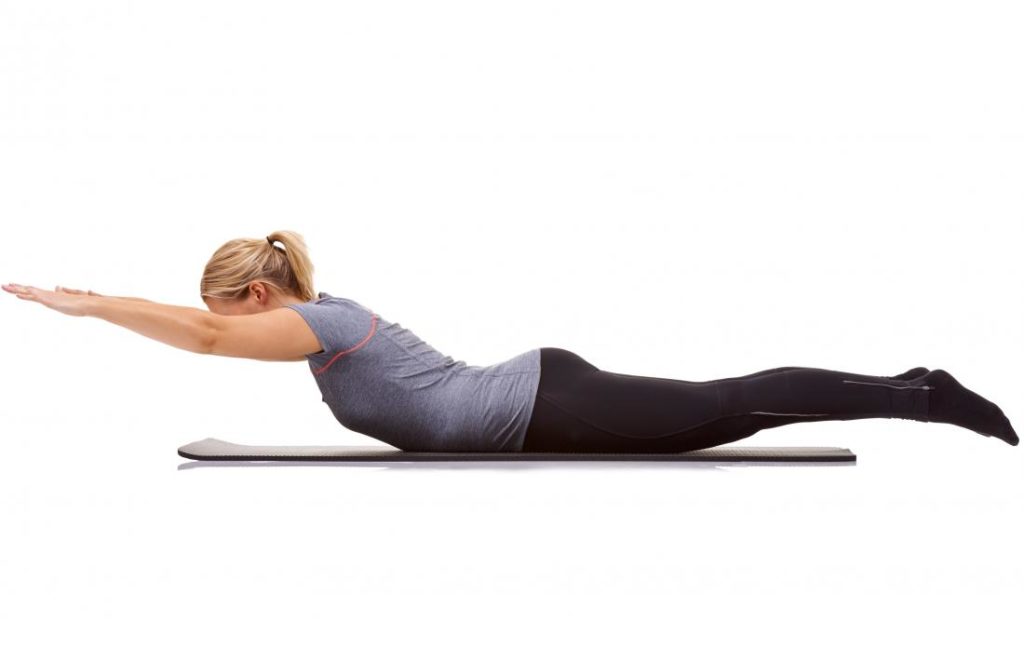
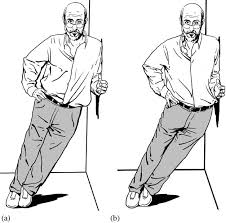
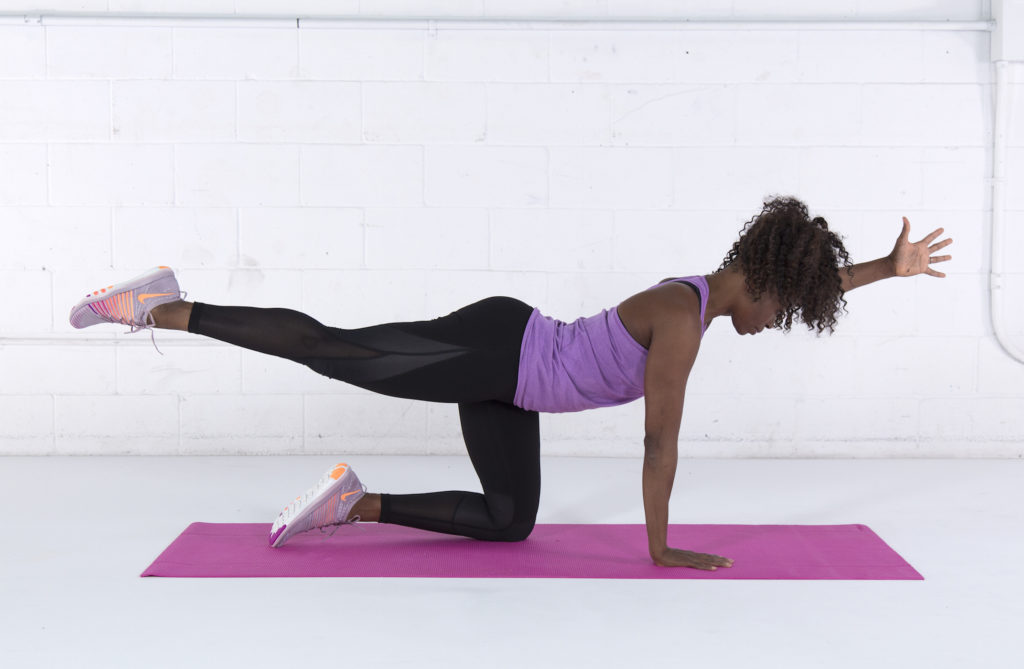
Stretching Exercise Of Muscle Around Low Back :
Tight Muscle Cause Extra Pressure Over Low Back Area And May increase pain eg. Tight Hamstring Muscle is Cause reduce back flexion movement and Tight Piriformis Muscle Cause Pressure over sciatic Nerve And Increase pain in low back radiating to lower limb. so stretching exercise of so important to improve flexibility of low back.
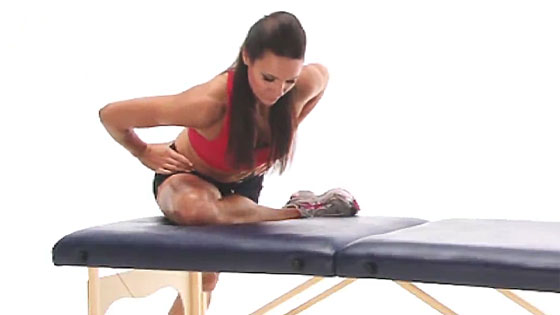
Taping Technique in Low Back :

Kinesio And Rigid Taping Technique Are Useful for Support And Reduce Stress Over Low Back Pain And Various Mobilization Technique Also Help To Reduce Pain And Improve Back Stiffness.
Orthosis in low back pain:

A low back orthosis can be an effective Part of the Treatment of Various Low Back Pain Diseases eg. PIVD. Orthosis provides support lower back to reduce stress, stabilizes and helps to improve pain, And helps reduce Further stress over low Back Area. Orthosis varies According to conditions like elastic soft support to moderate support or sometimes requires rigid orthosis. Selection of Mild Supportive orthosis to full supportive orthosis is depends upon injury/disease/strain/sprain/fracture around the lower back area.

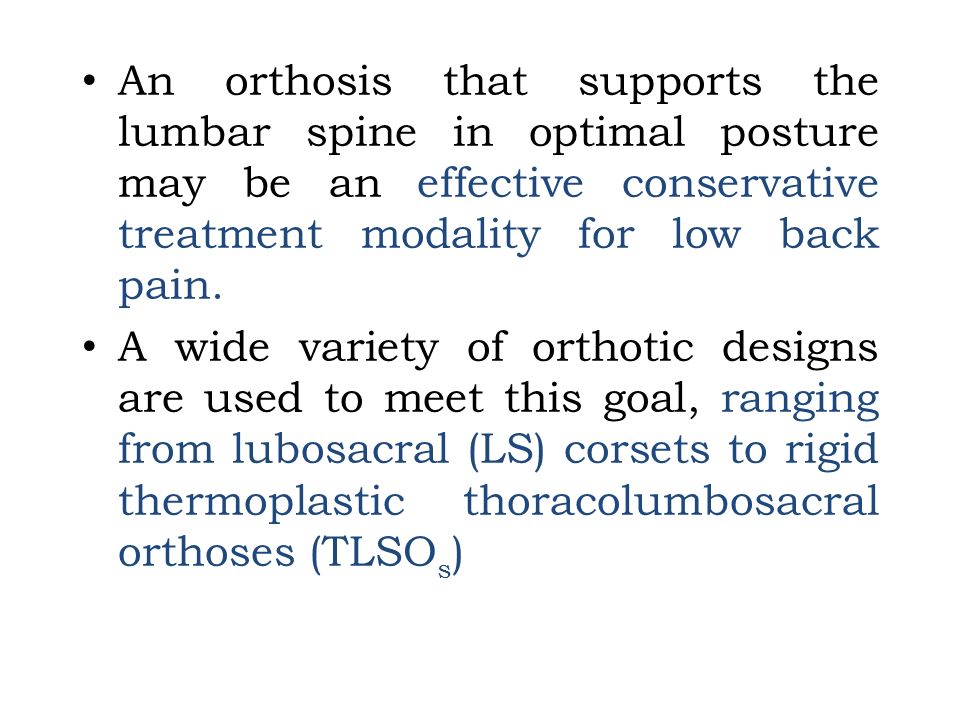
Surgery Of Low Back:
Surgery for back pain is very rare. If a patient has a herniated disk surgery may be an option, especially if there is persistent pain and nerve compression which can lead to muscle weakness.
Examples of surgical procedures include:

Fusion: Two vertebrae are joined together, with a bone graft inserted between them. The vertebrae are splinted together with metal plates, screws, or cages. There is a significantly greater risk for arthritis to subsequently develop in the adjoining vertebrae.
Laminectomy: is surgery that creates space by removing the lamina the back part of a vertebra that covers your spinal canal. Also known as decompression surgery, laminectomy enlarges your spinal canal to relieve pressure on the spinal cord or nerves.
Artificial disk: An artificial disk is inserted; it replaces the cushion between two vertebrae.
Diskectomy: A portion of a disk may be removed if it is irritating or pressing against a nerve. Partially removing a vertebra: A small section of a vertebra may be removed if it is pinching the spinal cord or nerves.
Ergonomics / Low Back Care
Ergonomic Care / Low Back Care in Various Day to day Activity is Important mainly in acute Phase of low back pain is require to reduce pain and related other symptom’s of low back pain. These Tips Are as per below:
- Lifting weight from Floor is avoid if require then Bending from Knee is Advisable and reduce back bending as low as possible.
- From Supine to sitting position , First take side-lying position and then legs are keep on floor and then use of hands to take sitting position reduce stress over low back.
- Avoid Long Sitting Position.
- Avoid Exercise that Are Painful.
- Keep Note That which activity Cause pain in day to day activity and try to avoid these activity.
- Two wheeler driving is also increase pressure over low back so avoid two wheeler driving.
- Four wheeler drive slowly specially Bump Location and other rough area.
- Enough rest is required in between day-to-day activities to relax your back muscles.
- in the computer or Office take back fully supported and try to take a chair underneath the table to avoid back bending forward.
- Regular follow-up Doctors Specially Physiotherapists are advisable Because is the most advanced and natural way of treating lower back Pain.

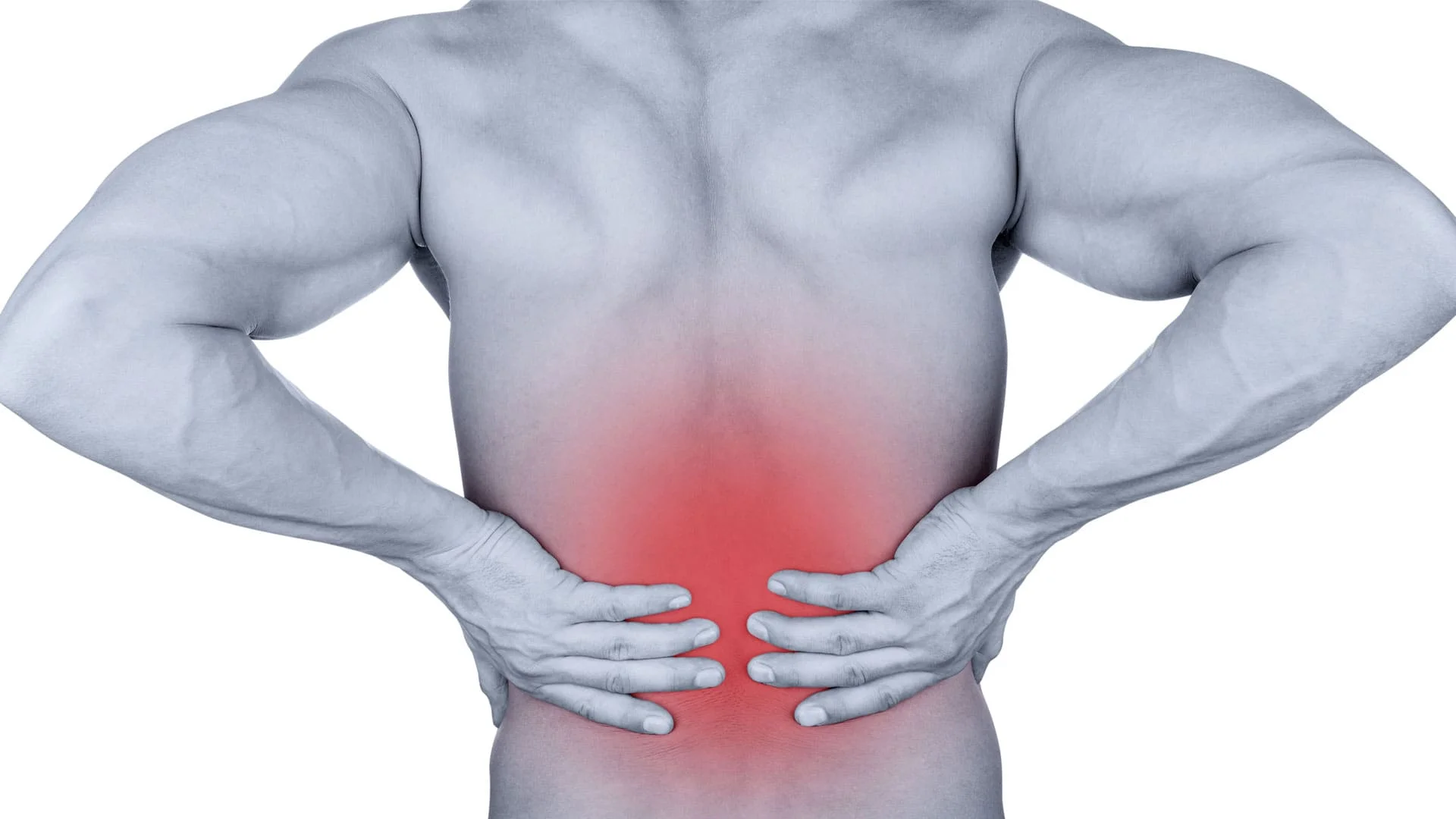
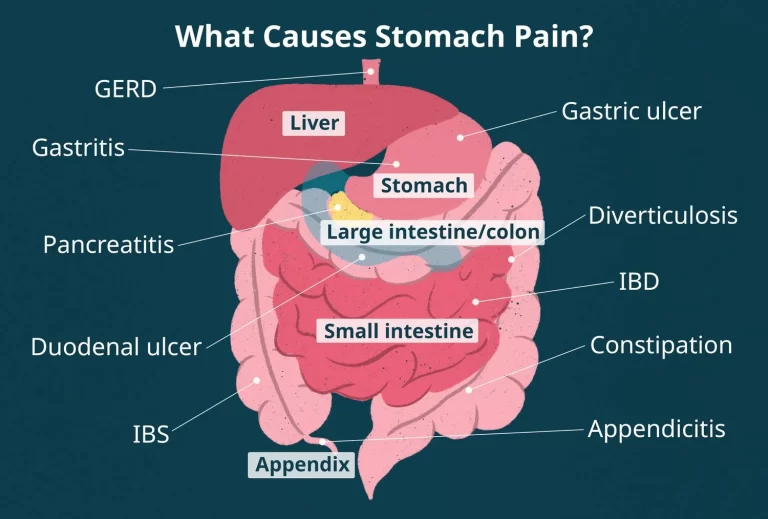
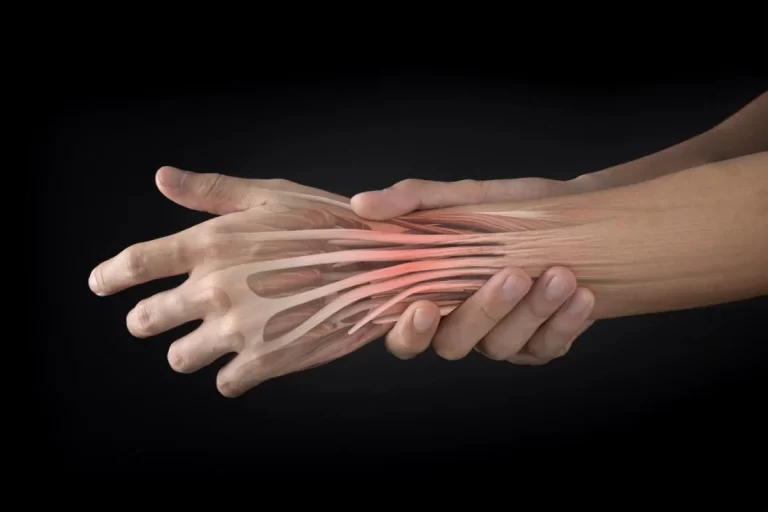
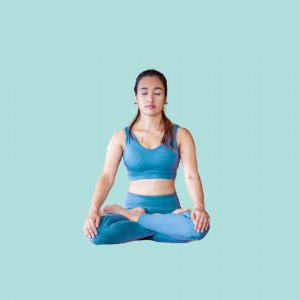
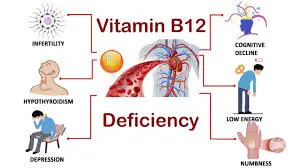

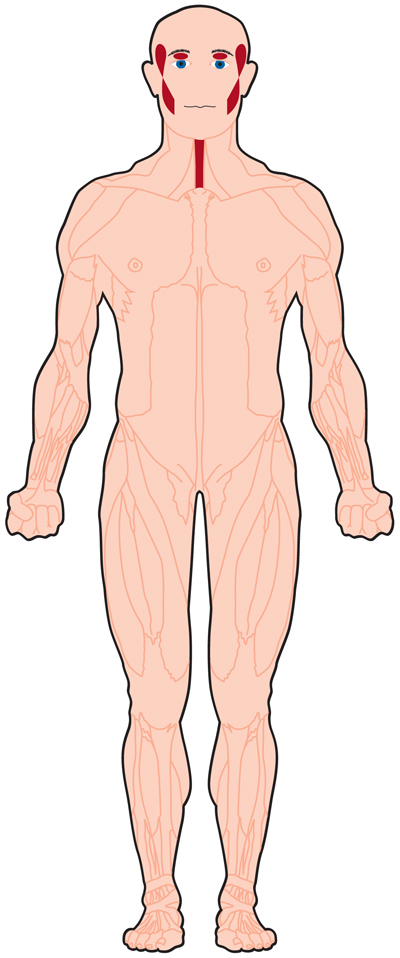
87 Comments